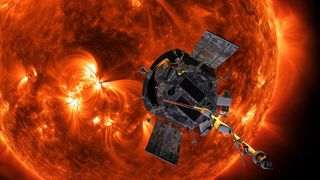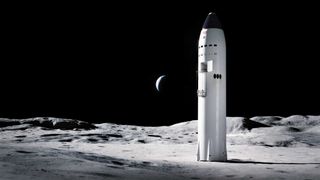Florida’s ‘Dr Deep’ resurfaces after a record 100 days living underwater
AP
9 Jun, 2023
/cloudfront-ap-southeast-2.images.arcpublishing.com/nzme/I3BCZMD7ARHBJBYRM4FZMCYPDU.jpg)
Diving explorer and medical researcher Dr Joseph Dituri basks in the sun after completing a 100-day underwater mission in the Jules' Undersea Lodge marine habitat at the bottom of a lagoon. Photo / AP
A university professor who spent 100 days living underwater at a Florida Keys lodge for scuba divers resurfaced on Friday and raised his face to the sun for the first time since March 1.
Dr Joseph Dituri set a new record for the longest time living underwater without depressurisation during his stay at Jules’ Undersea Lodge, submerged beneath 9.14 metres of water in a Key Largo lagoon.
The diving explorer and medical researcher shattered the previous mark of 73 days, two hours and 34 minutes set by two Tennessee professors at the same lodge in 2014.
/cloudfront-ap-southeast-2.images.arcpublishing.com/nzme/ZVWS2KRREJCILCWVOBJTCXRYMQ.jpg)
“It was never about the record,” Dituri said. “It was about extending human tolerance for the underwater world and for an isolated, confined, extreme environment.”
Dituri, who also goes by the moniker “Dr Deep Sea,” is a University of South Florida educator who holds a doctorate in biomedical engineering and is a retired US Naval officer.
Guinness World Records listed Dituri as the record holder on its website after his 74th day underwater last month. The Marine Resources Development Foundation, which owns the lodge, will ask Guinness to certify Dituri’s 100-day mark, according to foundation head Ian Koblick.
/cloudfront-ap-southeast-2.images.arcpublishing.com/nzme/LRCI3KLLXJA3TJKJJEQS2AD67Y.jpg)
Dituri’s undertaking, dubbed Project Neptune 100, was organised by the foundation. Unlike a submarine, which uses technology to keep the inside pressure about the same as at the surface, the lodge’s interior is set to match the higher pressure found underwater.
The project aimed to learn more about how the human body and mind respond to extended exposure to extreme pressure and an isolated environment and was designed to benefit ocean researchers and astronauts on future long-term missions.
During the three months and nine days he spent underwater, Dituri conducted daily experiments and measurements to monitor how his body responded to the increase in pressure over time.
He also met online with several thousand students from 12 countries, taught a USF course and welcomed more than 60 visitors to the habitat.
/cloudfront-ap-southeast-2.images.arcpublishing.com/nzme/PYGC4LP6AZCITA32WL762VE6QE.jpg)
“The most gratifying part about this is the interaction with almost 5000 students and having them care about preserving, protecting and rejuvenating our marine environment,” Dituri said.
He plans to present findings from Project Neptune 100 at November’s World Extreme Medicine Conference in Scotland.

